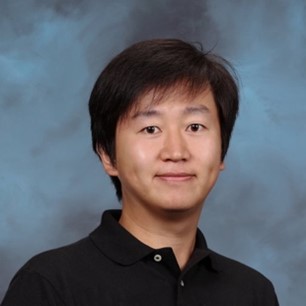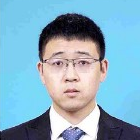Modeling Flow and Transport in Porous and Fractured Media
A special issue of Water (ISSN 2073-4441). This special issue belongs to the section "Hydraulics and Hydrodynamics".
Deadline for manuscript submissions: 30 May 2024 | Viewed by 3143
Special Issue Editors
Interests: reactive flow; porous media; heat and mass transfer
Interests: gas hydrate; flow in porous media; pore-scale modeling; energy recovery
Special Issue Information
Dear Colleagues,
Fluid flow and transport in porous and fractured media is an important and interesting topic for scientific and engineering studies. A fundamental understanding of these processes is imperative for a broad range of applications for environmental and industrial problems (e.g., groundwater contaminant mitigation, geo-energy development, CO2 sequestration, fuel cells development, and water purification). Recent advancements of advanced imaging techniques, high-performance computing, and machine learning algorithms have facilitated us with powerful tools to capture multiscale complex physical processes and improve computational efficiency and prediction accuracy.
This Special Issue, titled “Modeling Flow and Transport in Porous and Fractured Media”, intends to report the recent development of computational models for providing quantitative predictions of fluid and transport in fractured and porous media.
Research studies include numerical approaches, case studies, and data analytics. Our interests focus on, but are not limited to, the following topics:
- Reactive transport in porous and fractured media;
- Pore-scale and field-scale modeling;
- The geo-storage of CO2 or H2;
- The development of geo-energy (hydrocarbon and geotherm);
- Fuel cell development;
- Membrane and filters design for water purification;
- Interactions between fluids and solids;
- Data-driven modeling (machine learning).
Dr. Min Liu
Dr. Yunkai Ji
Dr. Feipeng Wu
Guest Editors
Manuscript Submission Information
Manuscripts should be submitted online at www.mdpi.com by registering and logging in to this website. Once you are registered, click here to go to the submission form. Manuscripts can be submitted until the deadline. All submissions that pass pre-check are peer-reviewed. Accepted papers will be published continuously in the journal (as soon as accepted) and will be listed together on the special issue website. Research articles, review articles as well as short communications are invited. For planned papers, a title and short abstract (about 100 words) can be sent to the Editorial Office for announcement on this website.
Submitted manuscripts should not have been published previously, nor be under consideration for publication elsewhere (except conference proceedings papers). All manuscripts are thoroughly refereed through a single-blind peer-review process. A guide for authors and other relevant information for submission of manuscripts is available on the Instructions for Authors page. Water is an international peer-reviewed open access semimonthly journal published by MDPI.
Please visit the Instructions for Authors page before submitting a manuscript. The Article Processing Charge (APC) for publication in this open access journal is 2600 CHF (Swiss Francs). Submitted papers should be well formatted and use good English. Authors may use MDPI's English editing service prior to publication or during author revisions.
Keywords
- fluid flow
- transport
- porous media
- numerical modeling







